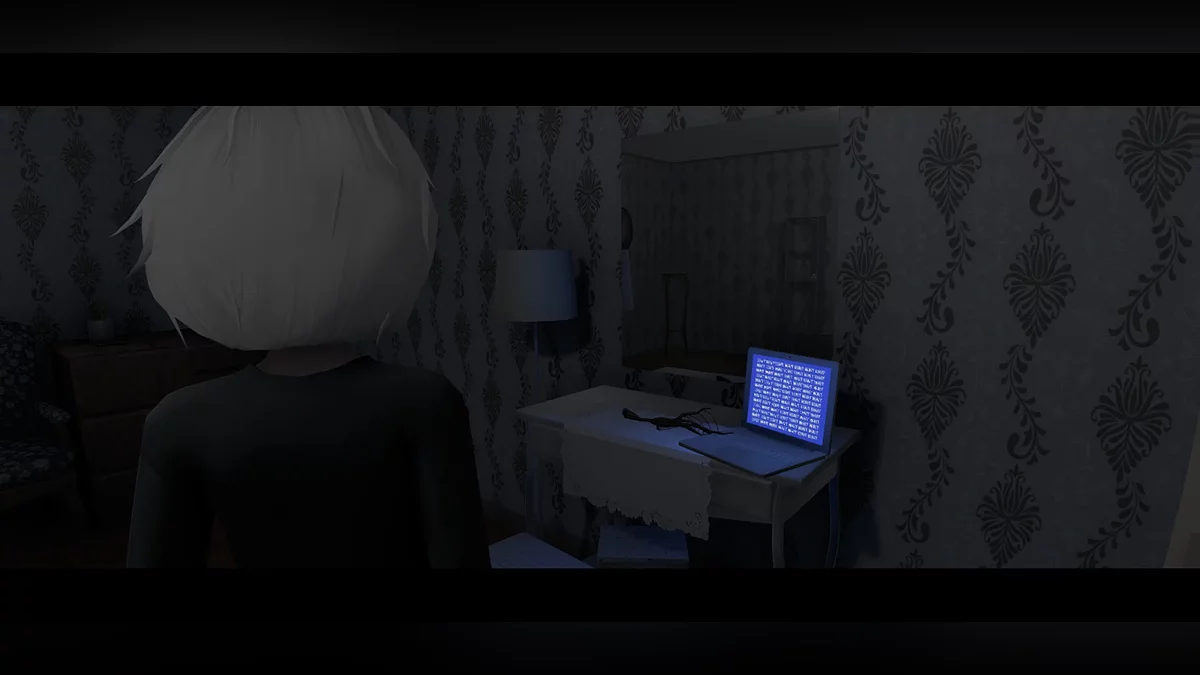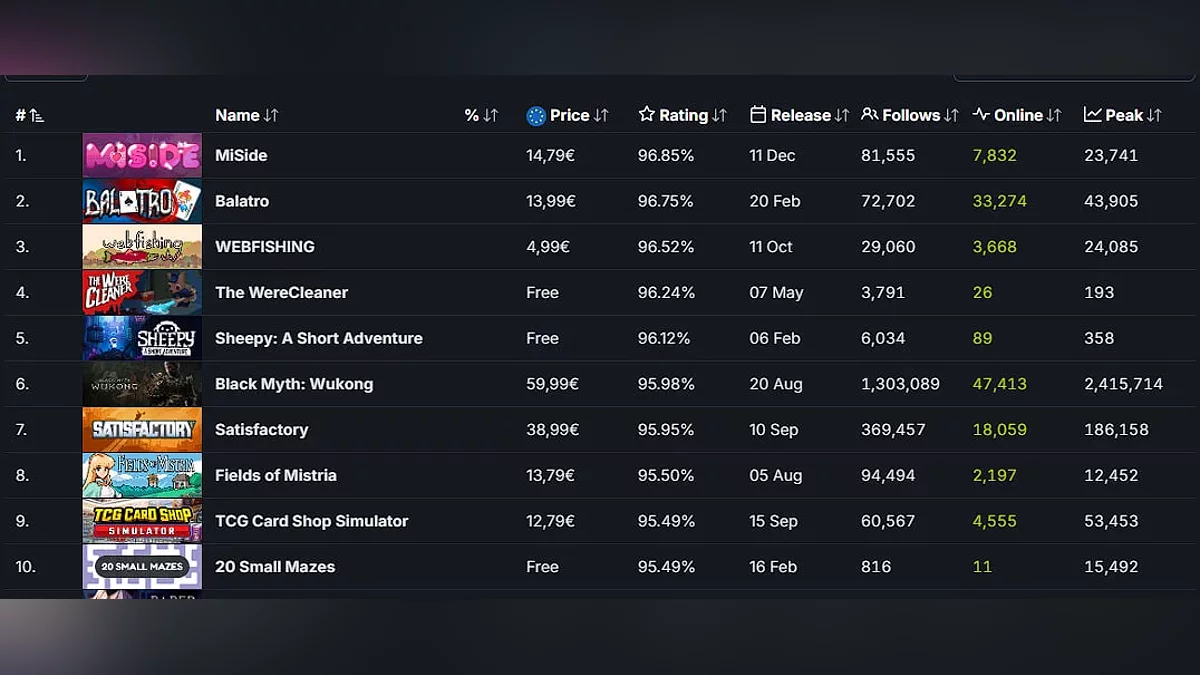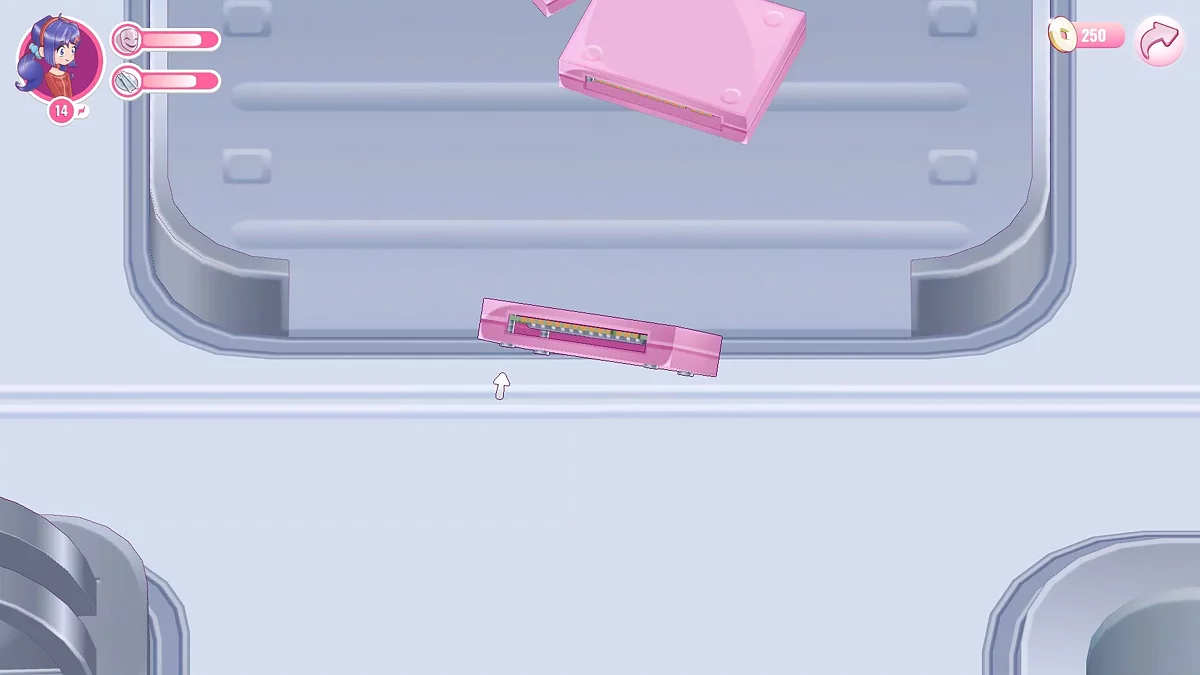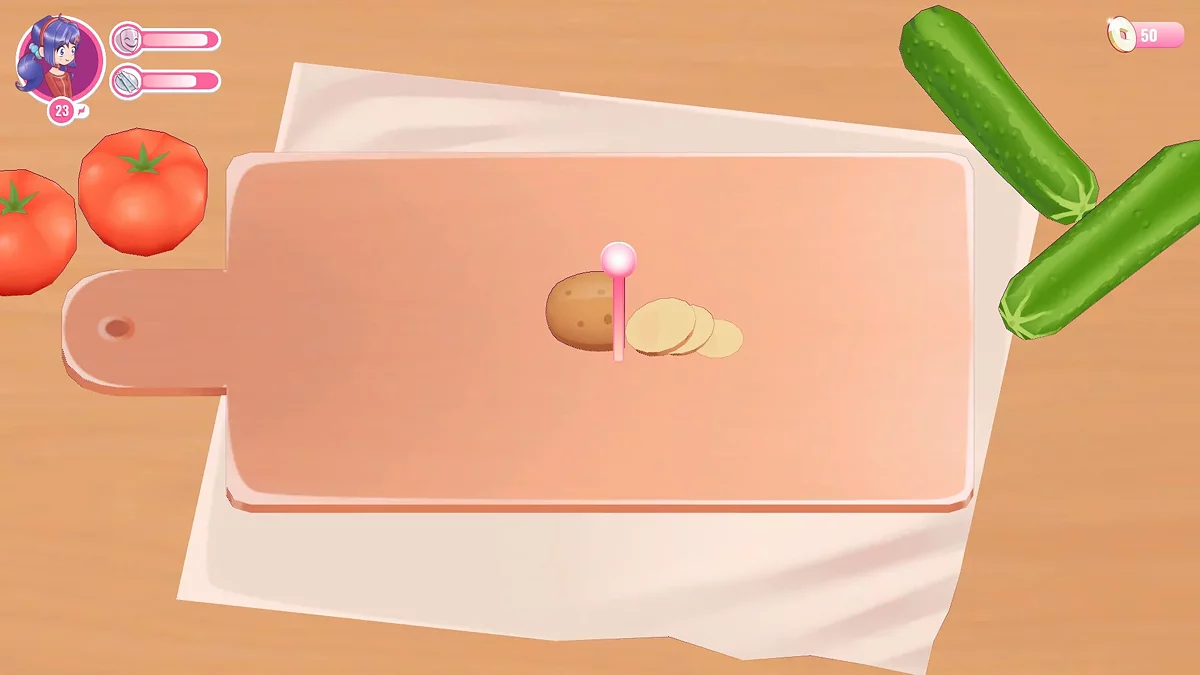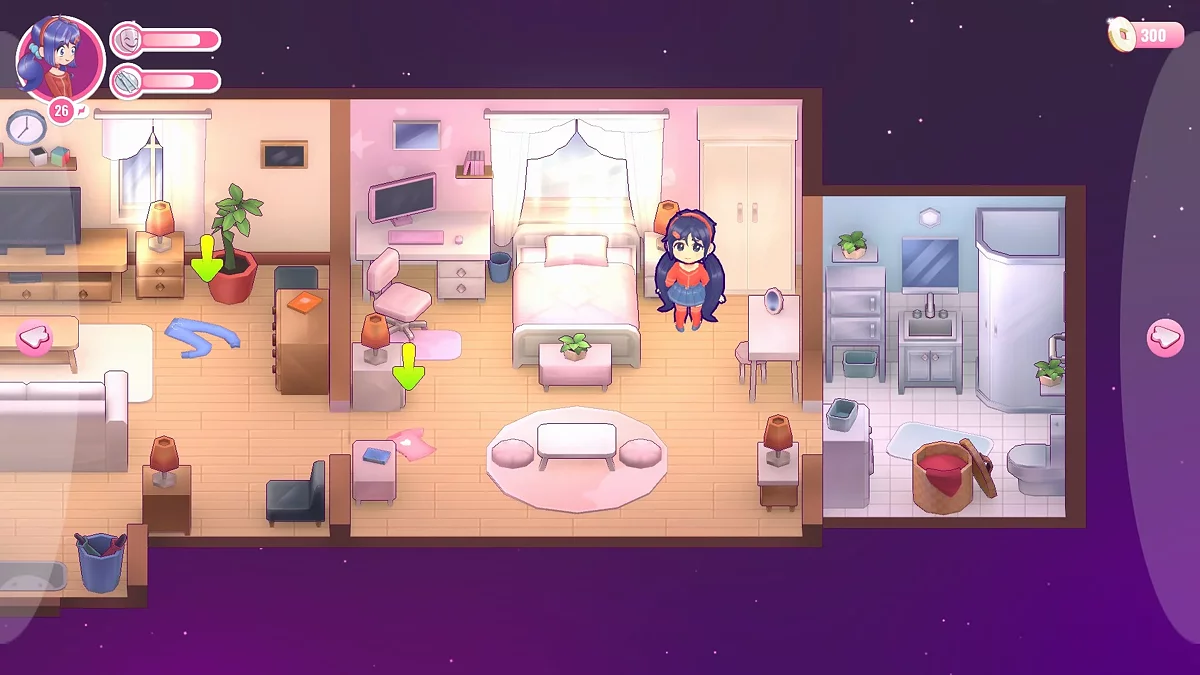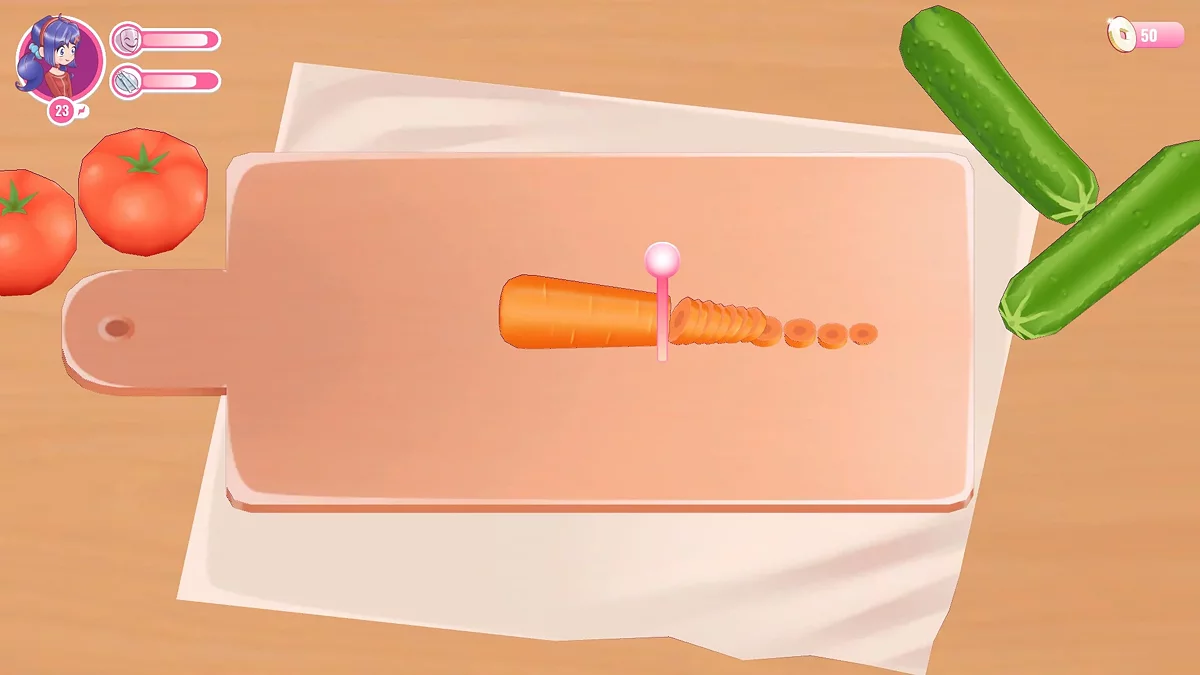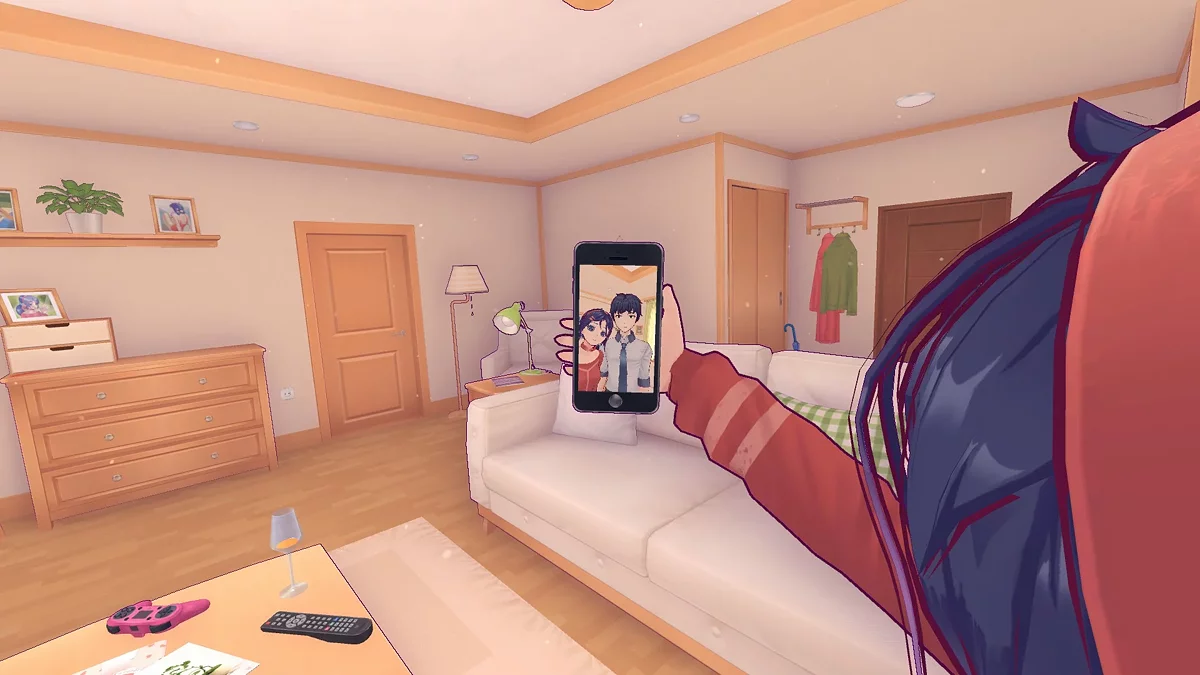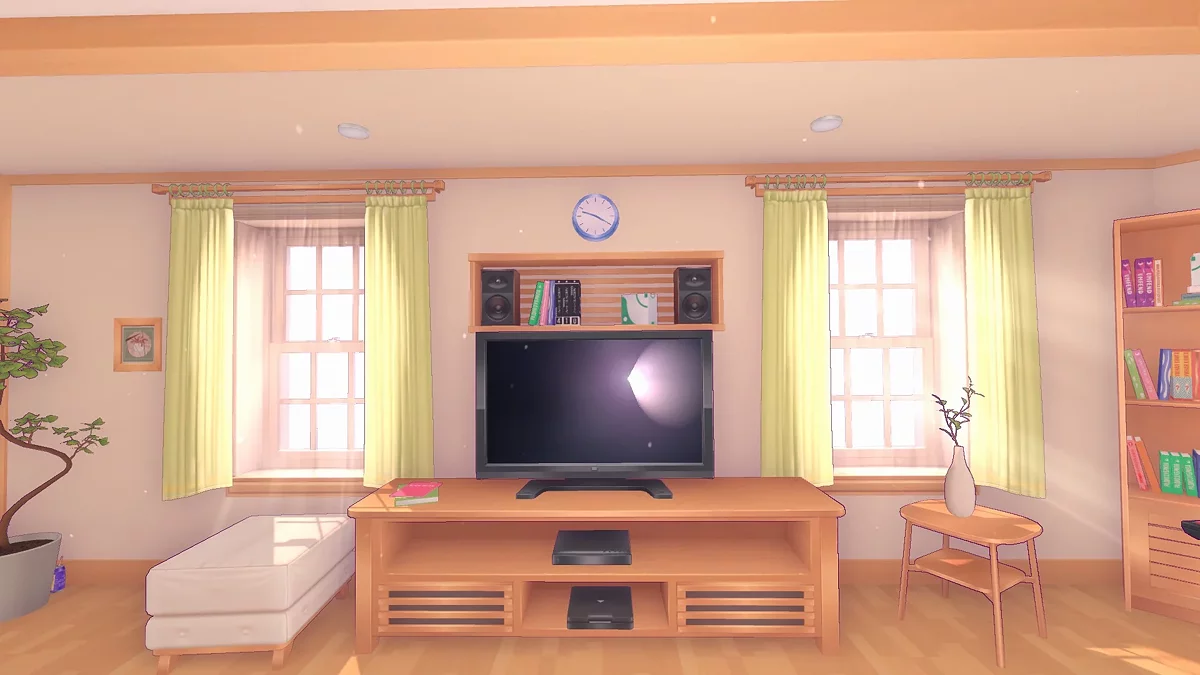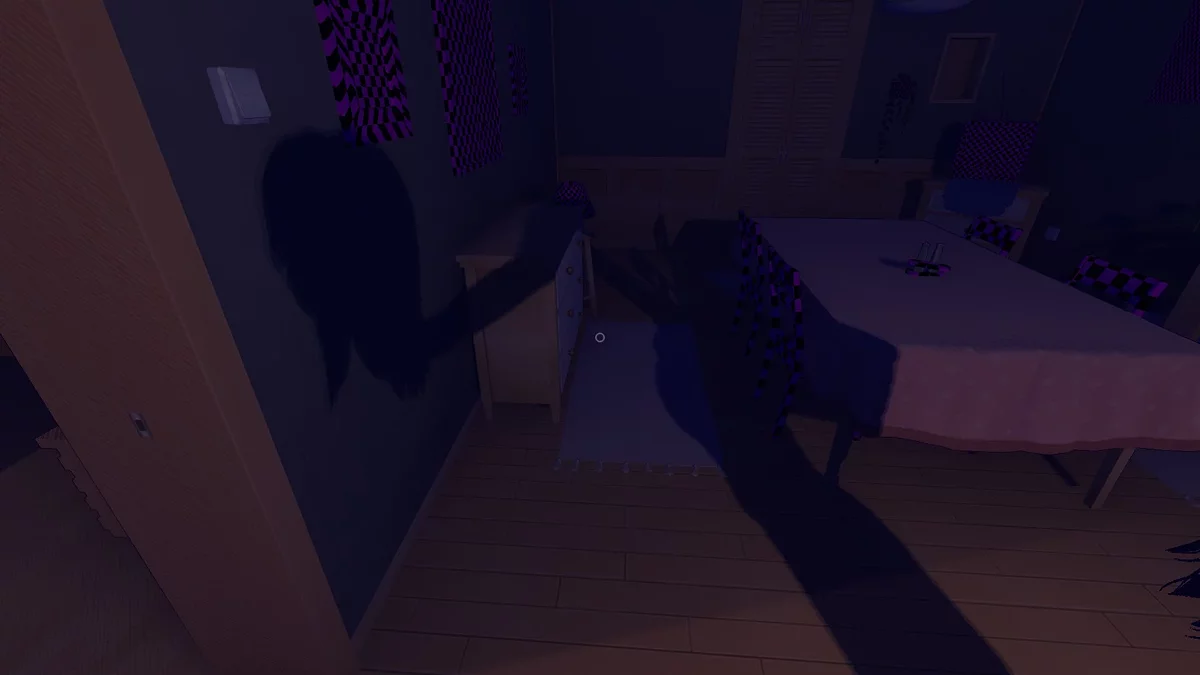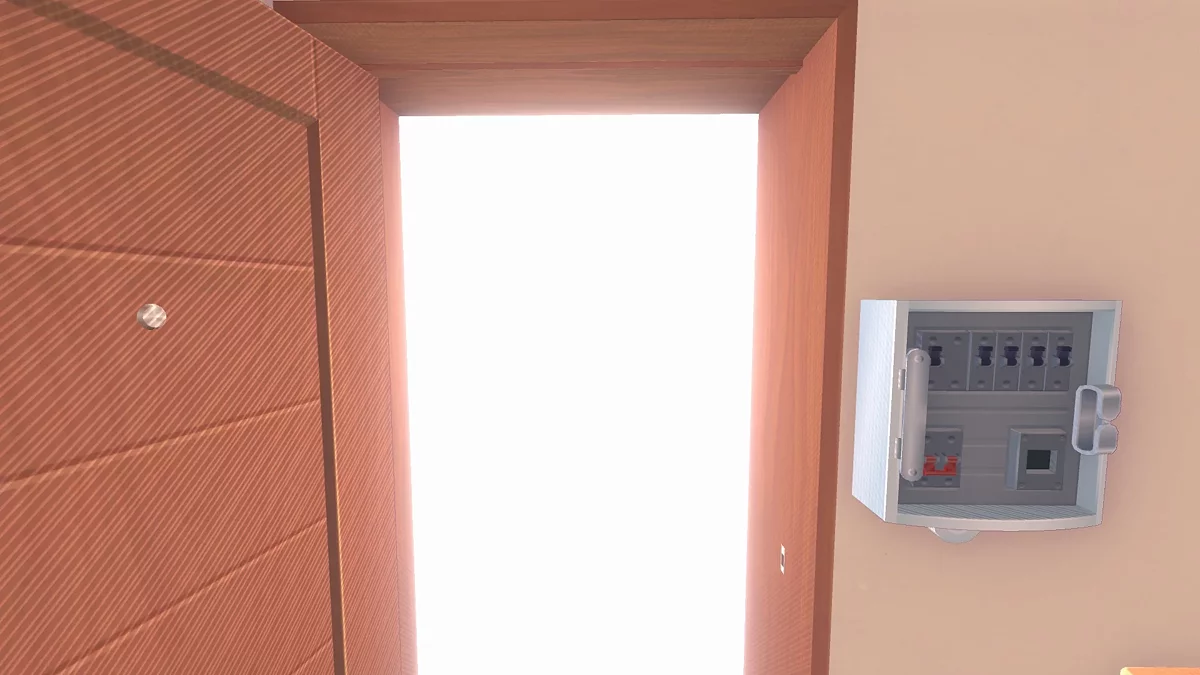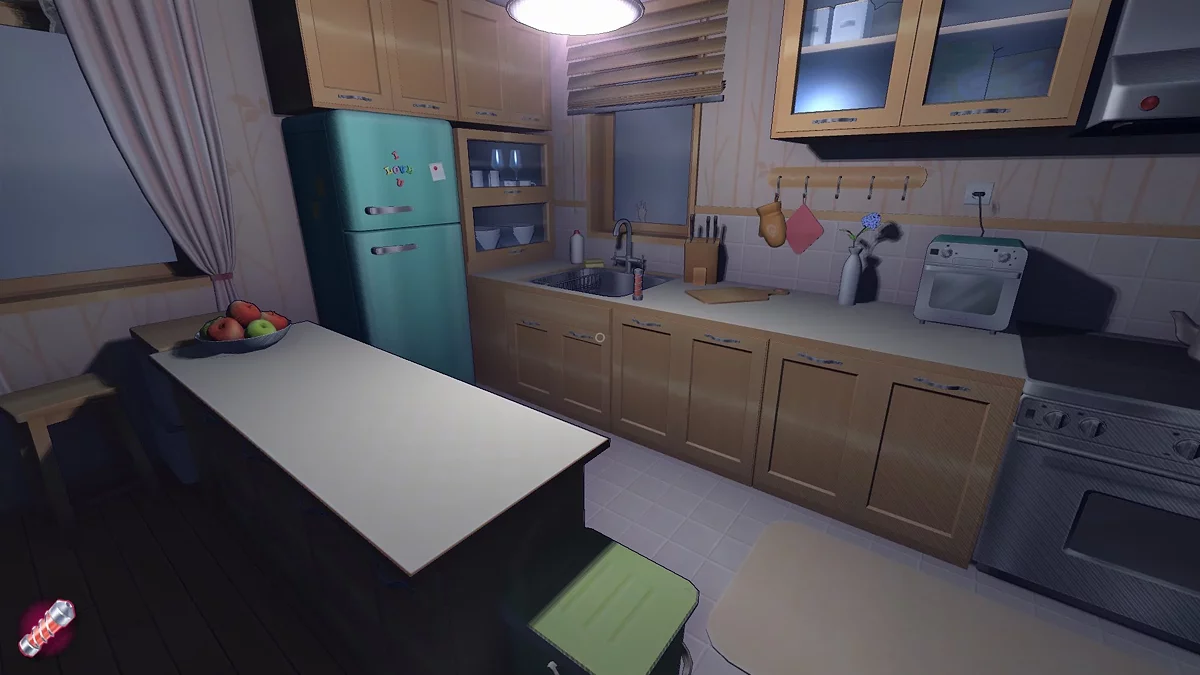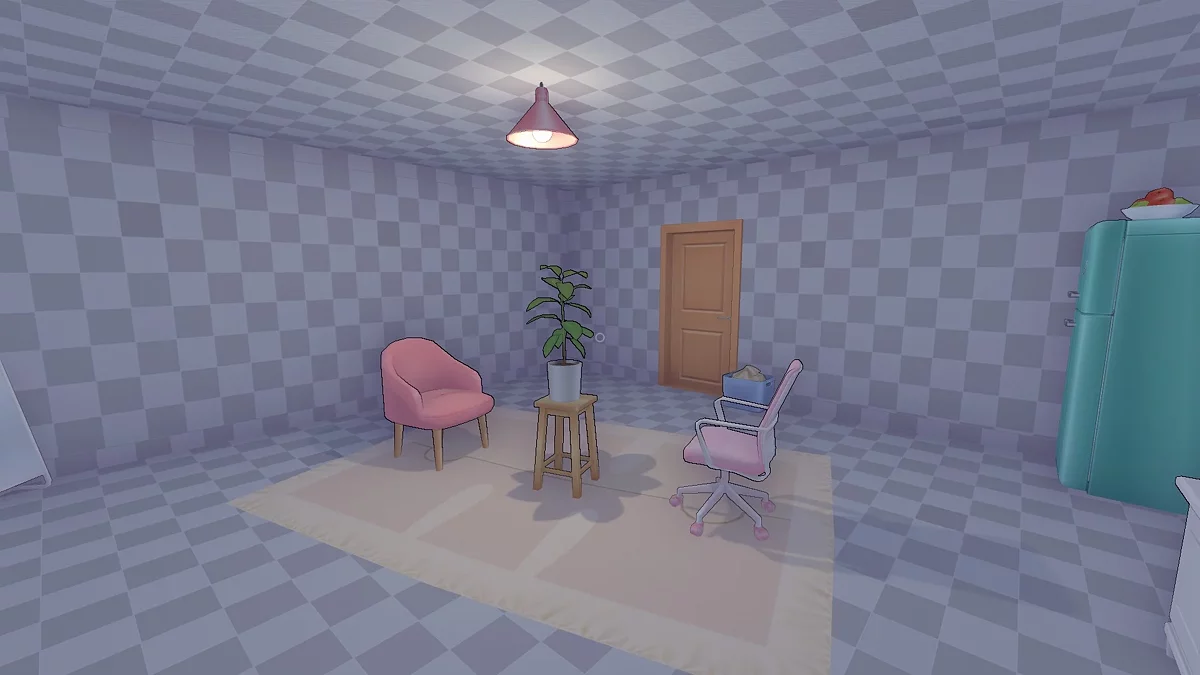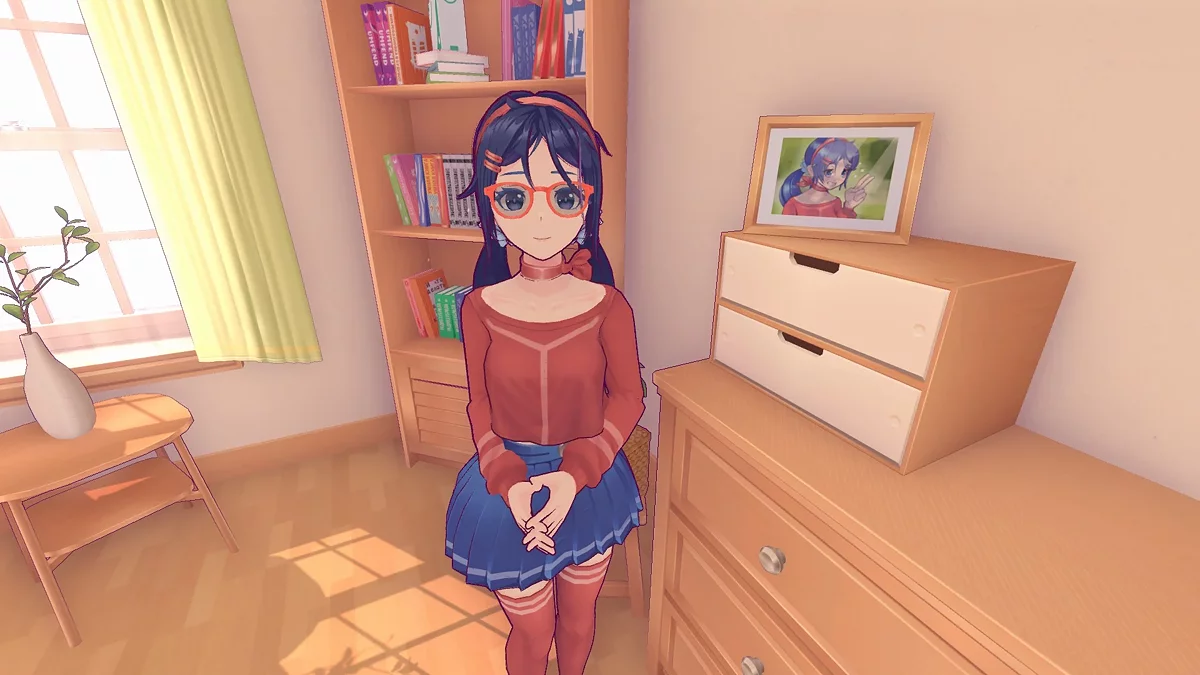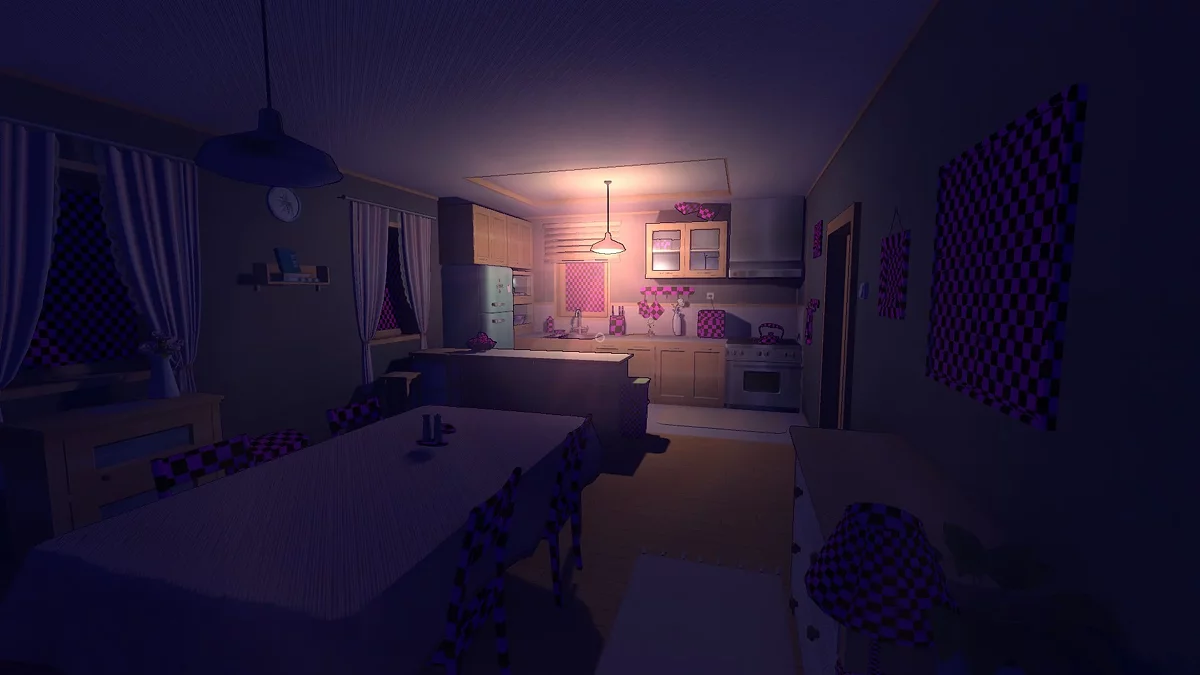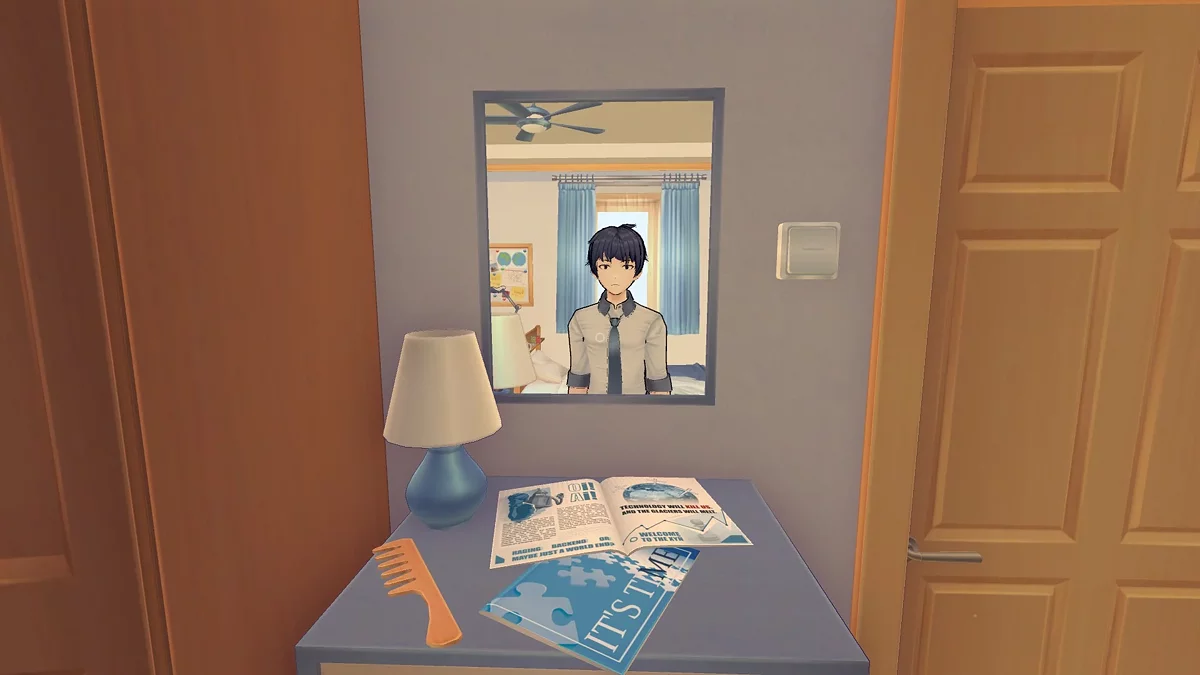MiSide Review: Does This Terrifyingly Cute Hit Deserve Its Explosive Popularity?
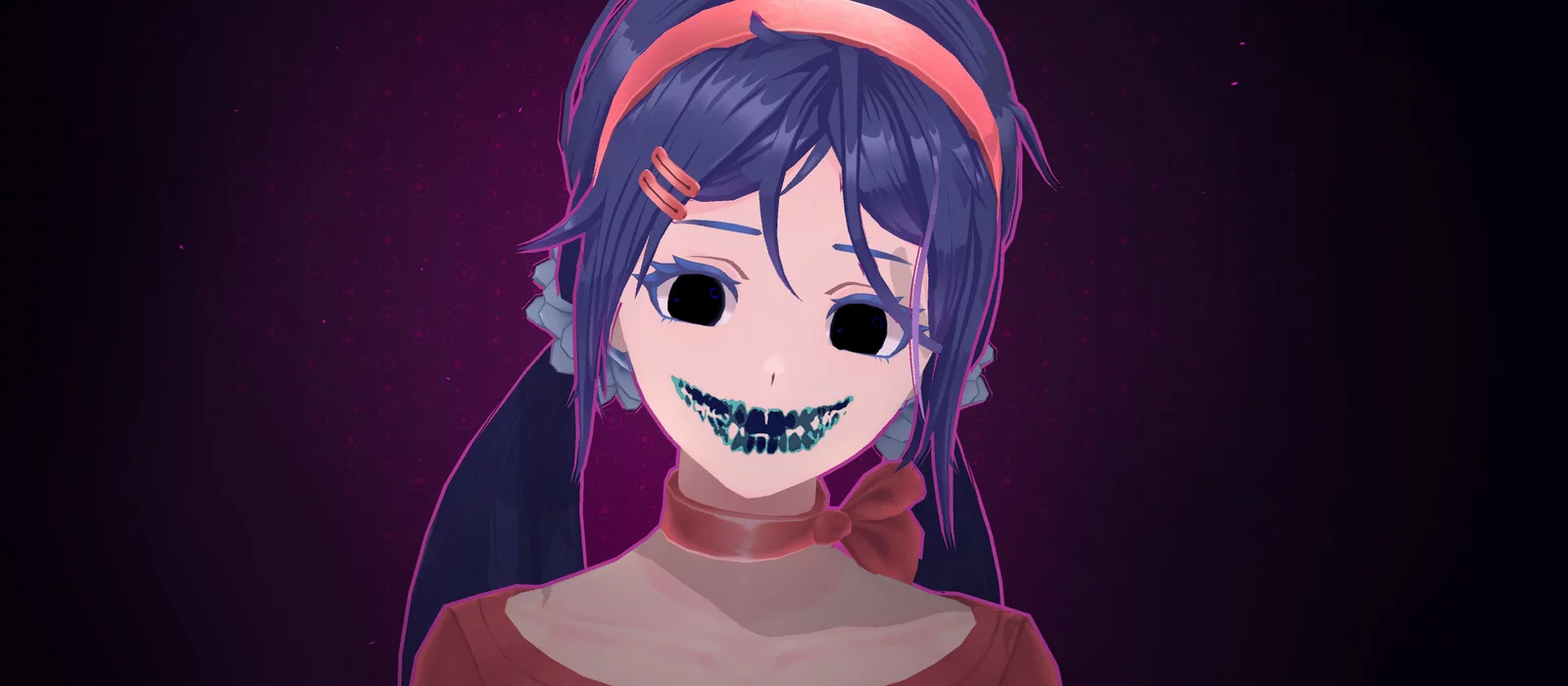
Time and again, we notice a trend: while there are few AAA releases, and many of them disappoint, niche indie games unexpectedly rise to prominence. There have been such examples before, from Undertale and Stardew Valley to Hades and Disco Elysium. In the last weeks of 2024, a similar phenomenon emerged with MiSide — an anime horror game, where a charming girl named Mita turns the protagonist's life into a nightmare.
The game has become an unexpected hit. According to preliminary and highly approximate estimates, MiSide has already sold more than 900,000 copies, generating around $9 million for its creators. And the game shows no signs of slowing down, continuing to hype well into the new year.
Why all the buzz? What is MiSide about, and does it deserve the popularity it has suddenly garnered? Let's dive into our review.
So Where Did This MiSide Come From?
For its creators, AIHASTO, MiSide is not their first project. They’ve already released about ten titles, five of which are available on Steam. These were generally dark, atmospheric games with a psychedelic edge. But the anime horror with Mita became their sixth — and their lucky break.
The game launched on Steam on December 11th. It took roughly a week to turn into a hit. MiSide immediately won the hearts of streamers and Let’s Players of all stripes. Playthroughs on YouTube are racking up millions of views, and in the unofficial rankings of the most highly-rated releases of 2024, it holds the top spot, even surpassing the critically acclaimed Balatro.
Why do we mention all this? To highlight that the game was developed by just two people. In the credits, they’re listed as MakenCat and Umeerai, and they’re in no rush to reveal their real identities despite having fans worldwide.
Hi! I’m Mita!
Instead of the typical Japanese schoolkid as the protagonist, MiSide introduces us to an average programmer. He spends his days within four walls, sitting at his computer, too lazy even to empty his trash bin.
But then, Mita appears in his life. A cute anime girl with pigtails — a character from a dating simulator. This seemingly innocent mobile game draws the protagonist in, and he spends every day with his virtual “waifu,” fulfilling her seemingly endless requests.
Pick up the scattered things in the room, chop some carrots, find a hairbrush, buy a TV, give her a gift… Mita asks and asks, but she’s so adorable and gazes at you so soulfully — how could you say no? And then comes another request: she wants to be with you. For real.
Before we know it, we’re drawn into the virtual world. Up close, it’s not as rosy as it seemed on the phone screen. Around us is a beige-pink paradise, but unease begins to creep into our minds. For now, instead of a jump scare, we get the long-awaited meeting with Mita.
Everything seems sweet: we talk, watch TV, cook together, and play games. Then we encounter the first oddities, which subtly hint at Mita’s true nature. At this stage, the developers masterfully play with contrasts and skillfully build suspense — that creeping sense of impending doom that’s increasingly rare in horror games.
All it takes to shatter the idyll is a knock from the closet in the bedroom. When the intrigued protagonist tries to check what’s going on, Mita’s expression changes. It seems this sweet girl has a secret, and we won’t like it.
From A Dream to A Nightmare
This is where the game truly begins. We find another version of Mita, a kind one, who sends us on a quest through old versions of the simulator. And what a quest it is!
Without delving into too much detail, let’s just say the game begins to change masks, transforming into different genres and titles. There’s a DOOM-style segment, a small stealth fragment, a spatial loop reminiscent of the Japanese horror game The Exit 8, an outright parody of Everlasting Summer, and other small (and not so small) borrowings.
What might seem like a questionable mishmash works surprisingly well in MiSide. It’s captivating to watch this kaleidoscope and wonder what’s coming next, much like the classic The Stanley Parable.
Yet MiSide never forgets its nature. It remains a horror game through and through. There are relatively calm episodes that build unease masterfully, as well as intense, action-packed sequences with sudden violence. Some creative choices, like breaking the fourth wall in the 2D Mita world, are genuinely impressive. The developers took experimental risks, and they paid off.
Not Enough
However, there’s one area where the developers didn’t seem particularly creative: the story. Mita is essentially a textbook yandere. For those with lives outside anime, that’s a character archetype of a girl so infatuated with her love interest that she’s willing to kill. Mita fits this Japanese trope to a T.
Neither the plot nor the dialogue has true depth, just the appearance of it. A comparison with Doki Doki Literature Club, a similarly spirited indie horror that caused a stir in 2017, is inevitable. Where MiSide timidly breaks the fourth wall, Doki Doki obliterates it. This applies to everything — the story and character development alike. While this doesn’t ruin MiSide, it does leave a “could’ve been better” aftertaste.
The closer you get to the finale, the stronger the sense that the developers left things slightly undercooked. Mita isn’t fully fleshed out as a character, her motivations are unclear, and the ending lacks something. Speaking of which…
The endings in MiSide are numerous, but all feel equally underwhelming, including the so-called main one. It seems that near the finale, AIHASTO got too caught up in plot twists. There’s a whole series of “shocking” twists at the end, but they all essentially boil down to the same idea. As a result, the final stretch leaves the impression that the game is spinning its wheels. Opinions may vary on such narrative choices, but we weren’t thrilled with the resolution in the spirit of “repetition is the mother of learning.”
Did you like the ending?
Of course, these are more nitpicks than major flaws. It’s even a good thing that the game knows its strengths and doesn’t try to overreach everywhere at once. However, after finishing the playthrough—which takes about four hours at most—you can’t help but feel that this mini-adventure is missing something significant.
Will There Be Seconds?
The developers know they haven’t done all they could. They plan to use their newfound popularity and resources to enhance MiSide.
A peaceful mode has already been announced. Available after completing the game, it will allow players to simply spend time with Mita. New endings are also in the works. For instance, players may eventually be able to help the other Mitas.
Fans are clamoring for more, and MiSide is already a great game for its price. With added content, it could become a must-have.
Technicalities
Aesthetically — in terms of visuals and sound — MiSide delivers. The graphics are simple, yet effective. They create the perfect dating simulator vibe with a dark twist.
Every bug in the game is a feature: the developers lean into the idea of a glitch-ridden virtual world. Opening a door might reveal a loading screen, untextured objects, or painfully familiar error windows. It feels fresh and adds a unique charm to MiSide.
The voice acting is solid but not extraordinary. The music and sound design don’t aim for the stars but fulfill their role well — especially when it comes to scaring the player.
A high-end PC isn’t required to run MiSide. This might be one reason for its widespread popularity. But is it deserved?
***
If we had to describe MiSide in one word, it would be “charming.” Packed with experimental ideas and contrasting moments of humor and horror, the game is undeniably captivating. Even when it disappoints, you don’t dwell on it for long.
MiSide, as sugary as this might sound, has a secret ingredient. Just like Mita’s signature sauce, it’s love. The developers clearly poured their hearts into this game — it’s felt in every detail, every line.
So, does MiSide deserve the hype? Absolutely. While big studios waste money on mediocrity, two programmers created a game that won the hearts of hundreds of thousands of players worldwide. And they’re not stopping there. We can only wait and see what they accomplish next.

